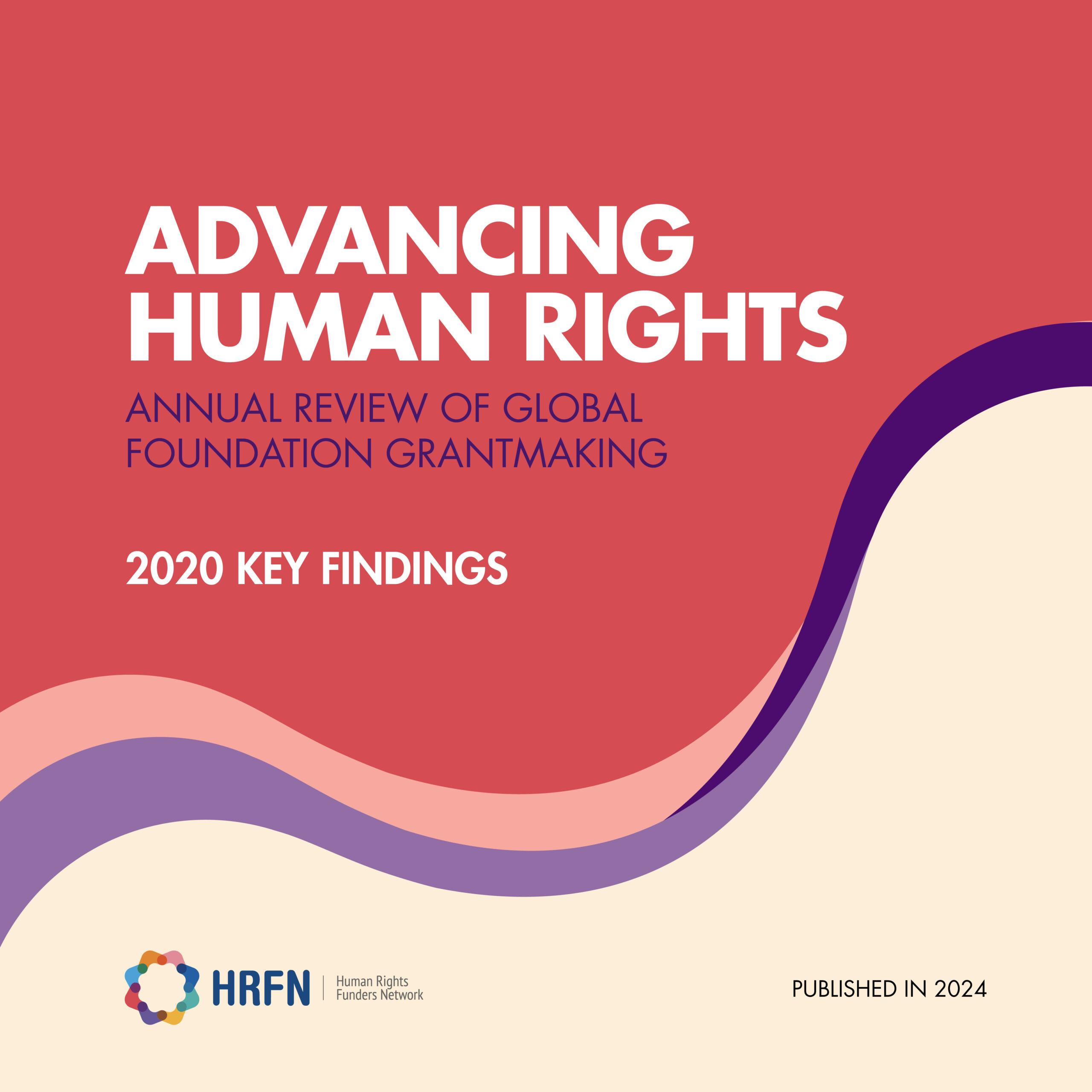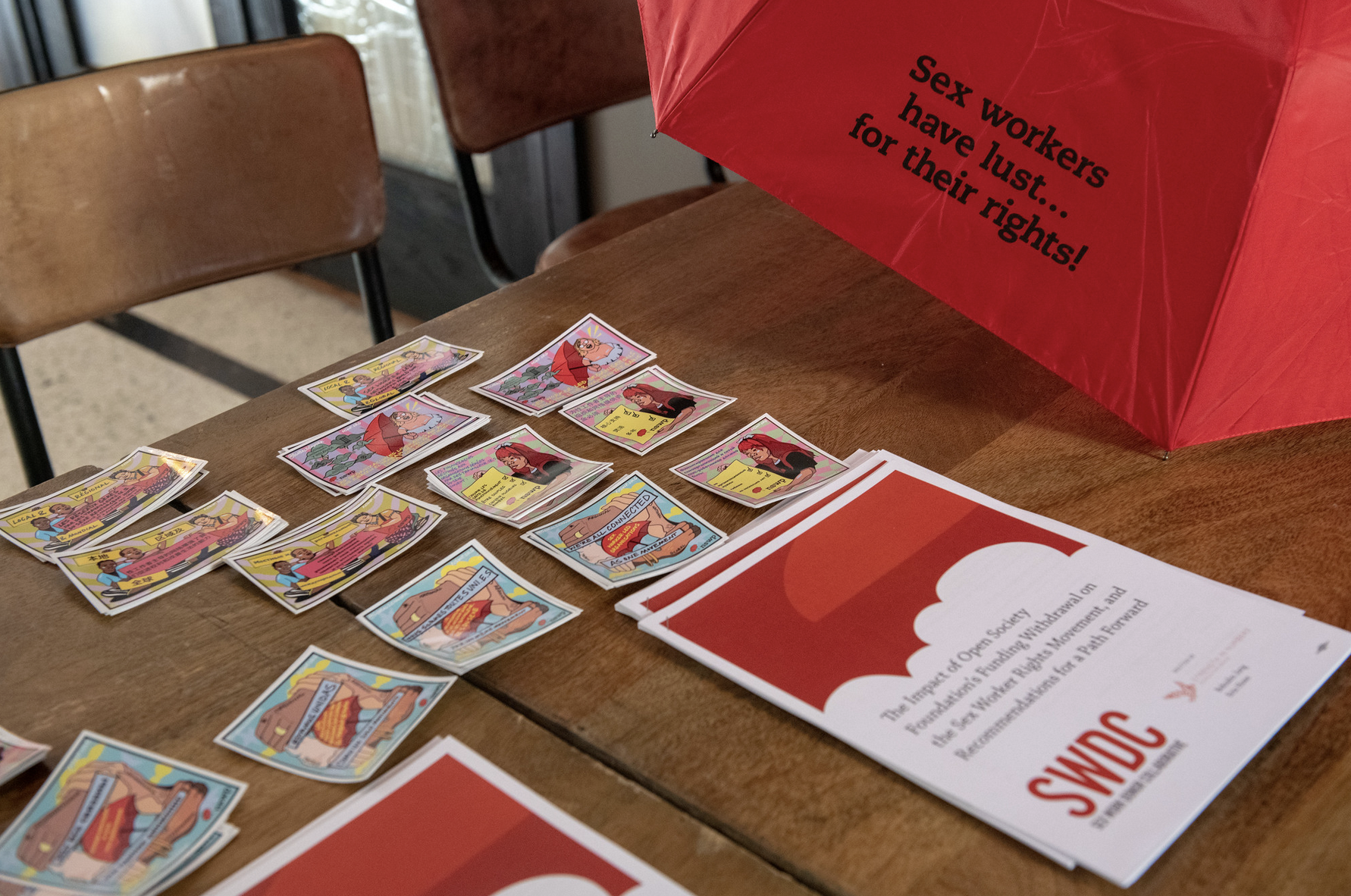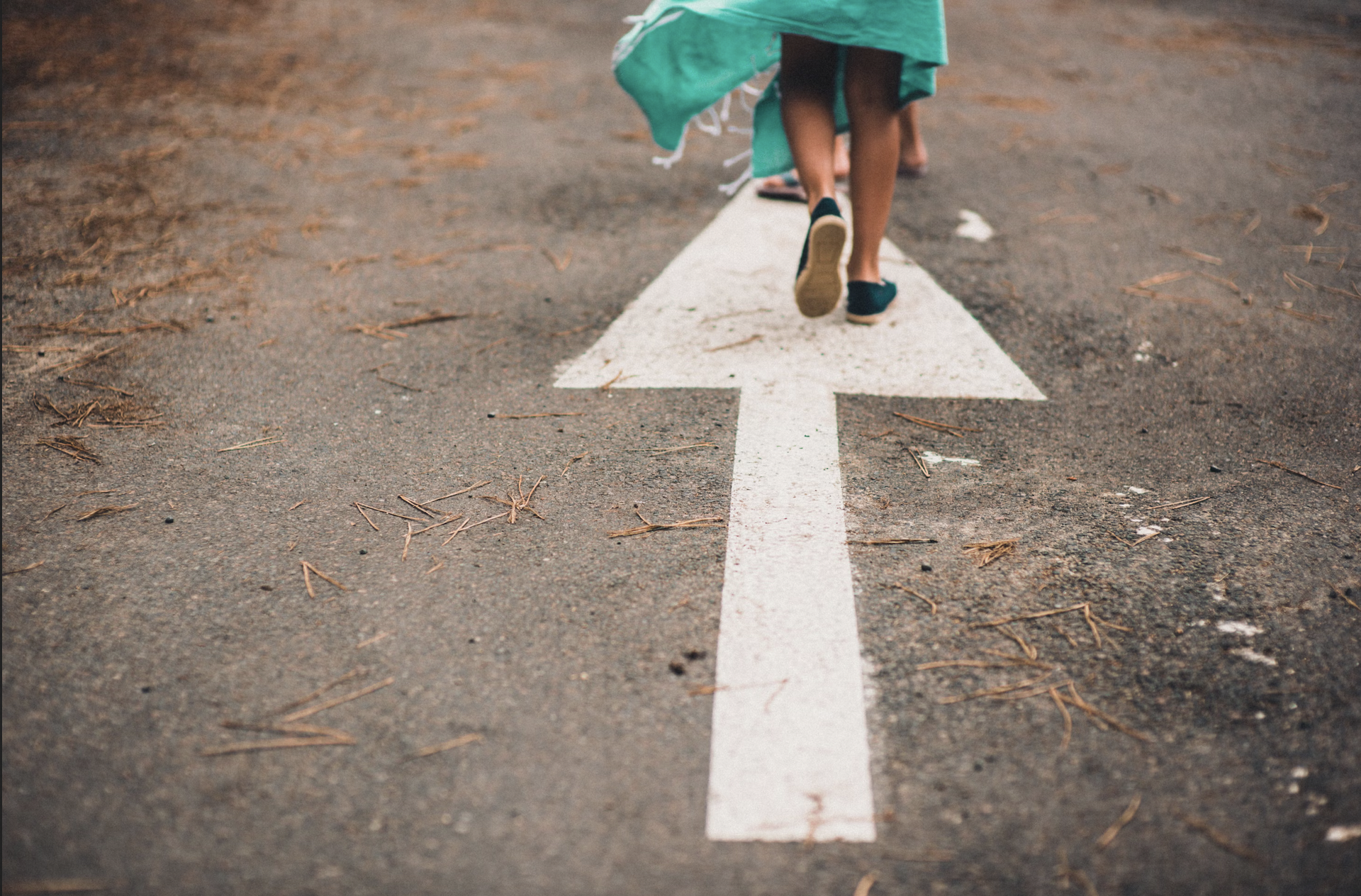 I have always loved maps. As a young girl, I would spend hours staring at the maps of the world hanging on the walls of my classrooms, absorbing the contours of each continent and the oceans in between. The obsession has been a lasting one, staying with me as I have traveled to places near and far. So when the Foundation Center and the International Human Rights Funders Group published Advancing Human Rights: The State of Global Foundation Grantmaking, I was immediately drawn to it: opening it right up to the map at its center.
I have always loved maps. As a young girl, I would spend hours staring at the maps of the world hanging on the walls of my classrooms, absorbing the contours of each continent and the oceans in between. The obsession has been a lasting one, staying with me as I have traveled to places near and far. So when the Foundation Center and the International Human Rights Funders Group published Advancing Human Rights: The State of Global Foundation Grantmaking, I was immediately drawn to it: opening it right up to the map at its center.
What I found was a fascinating snapshot of the ways in which, as funders, we are spending our resources around the world. Marking the continents is a total of $1.2 billion in foundation grants to advance human rights globally. Maps tell us stories as much as they tell us longitudes and latitudes. Often, stories about power and politics: whose place names get used, which way is “up”, which towns and cities get listed and which do not, how the borders get drawn. Whenever we see a map, it’s helpful to ask what is included and what is not. Beyond the numbers, what does this map show us? And what can’t it show us? First, it shows us:
- We’re thinking globally.
This map paints a global picture. Despite interviewing funders primarily based in one country, the United States, we learn that 31% of grant recipients are based outside the United States and 46% of grants supported international work.
- We see a role for human rights foundations in shaping policy solutions.
The report notes that advocacy has become a greater part of several funders’ work. This is an important development. As funders we can use our voices and our collective weight to shape the policy priorities of our own governments, who in turn play a significant role in being able to influence the governments where our grantees live and work.
- We’re connecting to the right people.
We cannot do our work well without the participation, indeed the leadership, of the activists our funding supports. The report tells us that funders are working with indigenous people, sex workers, ethnic and racial minorities, the poor, migrants, people with disabilities, LGBT people, victims of violence, women and girls. These are the communities most affected by structural inequality and restrictions on human rights.
So, what stories don’t we hear? For one, this map cannot show us whether the data it provides is an accurate reflection of the human rights challenges facing the world. In other words, it shows us the landscape of (proposed) solutions but not necessarily the problems.
If someone with no knowledge of human rights were to look at this report, and assume that donors must be directing the greatest share of funding to the most important problems, they could reasonably conclude that the personal liberty and security of individuals in the United States is the most important human rights issue of our time. If we think that it is not, then it might be time to listen more closely to what we are hearing from the grassroots, and to think again about where, and how, we direct our dollars.
Recently, in Tunisia, I had the chance to reflect on the value of listening. The value of a funder listening to grantees. The value of human rights activists listening to one another. Feminists from across North Africa and the Middle East gathered for a day to share their experiences of participating in the revolutions of their countries and to assess the impact of political change on women’s rights. Activists from Syria listened to the counsel of their sisters in Tunisia that the call for change should not come at the expense of their freedom and that they must choose their alliances carefully. Older women in the movement heard from their younger counterparts that priorities are changing for young feminists. Through the act of listening, they made space for the greater inclusion of new voices. And straight women heard from LGBT activists in the room about the indivisibility of the struggle for equal rights. As Urgent Action Fund supported this convening, I listened in order to learn and to identify the strategic opportunities where our grants could make a difference. The eight hours I spent with those activists changed in fundamental and profound ways the map of Urgent Action Fund’s own priorities in the region and brought it into better alignment with the voices of the women’s human rights defenders we support.
The IHRFG map is a mirror that reflects back to us the form and content of our collective work. Let’s look closely and honestly into that mirror and use it as a starting point for moving in a direction that represents the collective aspirations of funders and activists working for a better world, around the world.



